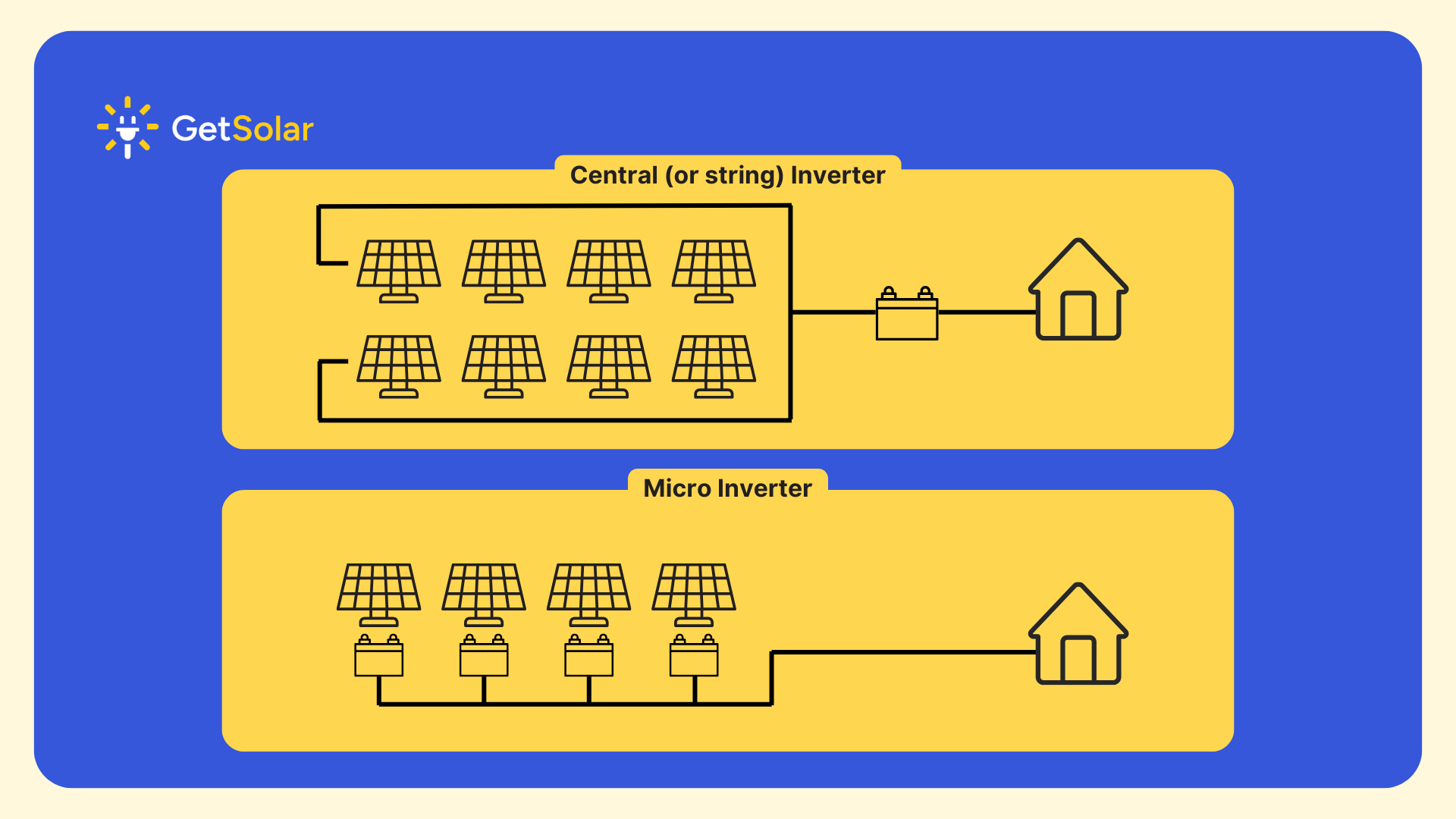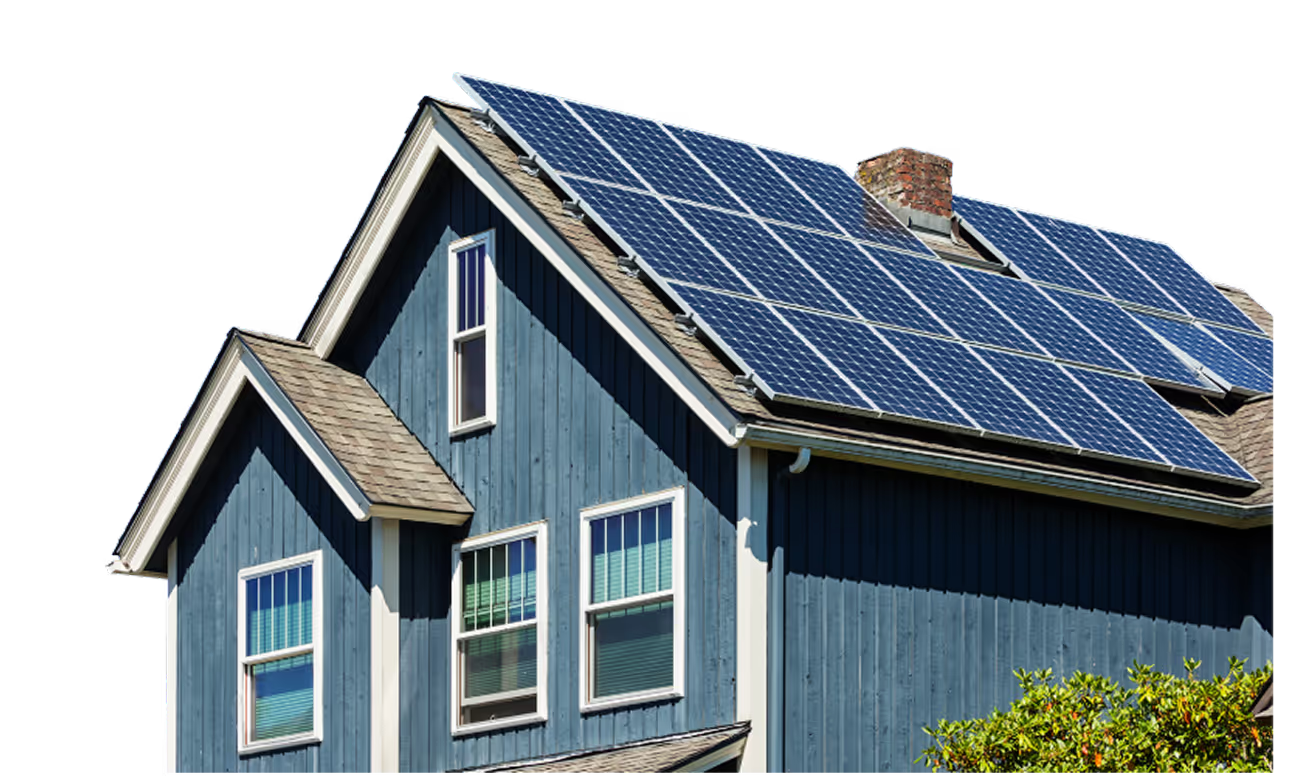.png)
Ever wondered how sunlight actually powers your home? The secret lies in your solar inverter-the brain of your solar system.
It’s easy to focus on panels alone when exploring solar, but without the right inverter, your system simply won’t work. In this guide, we’ll explain what a solar inverter does, the types available in Malaysia, and how to choose one that’s reliable, efficient, and right for your home.
What Is A Solar Inverter and Why Is It Essential?
Solar panels generate electricity as direct current (DC), but Malaysian homes run on alternating current (AC). A solar inverter converts DC to AC, making the energy usable for your lights, fans, air-conditioners, and appliances.
But that’s not all. The inverter also manages how electricity flows between your solar panels, your home, and the grid operated by Tenaga Nasional Berhad (TNB). It monitors system performance, improves safety, and enables features under Malaysia’s Net Energy Metering (NEM) scheme, where you can export excess electricity back to the grid. Without an inverter, solar panels are just expensive roof tiles.
.png)
Types of Solar Inverters
On-Grid Inverter (Most Common in Malaysia)
On-grid inverters, or grid-tied inverters, are the standard choice for most Malaysian households. They connect your solar system to both your home and the TNB grid.
During the day, your home is powered directly by solar. At night or when sunlight isn’t enough, the system automatically draws electricity from the grid. With NEM 3.0, you can export extra solar power to TNB and receive bill credits.
.avif)
At GetSolar, we use the Huawei SUN2000 inverter, offering up to 98.6% efficiency with smart monitoring features.
Off-Grid Inverter
Off-grid inverters operate independently from the grid, using batteries to store excess energy for use at night or during outages.
These systems provide energy independence but are rare in urban Malaysia due to high battery costs and reliable TNB supply. However, they can make sense in rural or remote areas where grid access is limited.
.png)
Hybrid Inverter
Hybrid inverters combine battery storage with grid connection. They allow you to store excess solar power for later use while still having TNB as a backup.
Though more expansive due to battery costs, hybrid systems are growing in popularity among larger homes and homeowners looking to prepare for EV charging or greater energy independence.
.png)
Smart Inverter
Smart inverters are advanced models that communicate directly with the grid, adjusting in real-time to voltage and demand. Many come with mobile apps for real-time monitoring, AI-powered diagnostics, and smart home integration.
In Malaysia, these are becoming popular with homeowners who want greater control and automation.
String Inverters vs Microinverters
Another choice is how your panels connect to the inverter:
- String inverters (most common in Malaysia): One central inverter links several panels. Cost-effective but if one panel underperforms (e.g. shading), it affects the whole system.
- Microinverters: Installed on each panel individually. Optimise performance per panel, ideal for rooftops with shading or multiple directions. More expensive but offer higher efficiency and detailed monitoring.
You can explore the differences in more details in our guide to string vs microinverters in Malaysia.

How Solar Inverters Are Installed in Malaysia Homes
Inverters are usually wall-mounted in a shaded, ventilated space - often near the distribution board (DB). DC from your panels flows into the inverter, where it’s converted to AC for home use.
With NEM 3.0, excess electricity goes back to TNB, and you’ll see credits reflected on your bill. Proper placement and cooling are key for long-term performance.
.jpeg)
How To Choose The Right Inverter For Your Home
Your installer will recommend an inverter, but knowing the basic helps you make an informed decision
- System size compatibility-The inverter should match or slightly exceed your solar system size in kilowatts.
- Efficiency-Look for 95-99% efficiency and features like MPPT (Maximum Power Point Tracking) for optimal output.
- Phase supply-Most Malaysian homes use single-phase, which may need smaller inverters. Three-phase homes can support larger systems.
- Monitoring-Mobile apps allow real-time performance tracking and alerts.
- Warranty & lifespan-Most last 10-12 years, with 5-10 years warranty.
- Shading solutions-If your roof has shading, consider power optimisers or microinverters.
- Noice-Some models use fans; quieter passive-cooled models may be better for small homes.
With GetSolar’s Rent-to-Own (RTO) plans in Malaysia, you don’t need to worry - system design, inverter selection, and maintenance are all included.
For more tips, check our guide on maximising electricity savings with solar in Malaysia.
Common Issues and Inverter Maintenance
Inverters are reliable, but issues can arise:
- Overheating-Often caused by poor ventilation or direct sunlight exposure.
- Isolation faults-When insulation between circuits and the grid fails, requiring professional repair.
In Malaysia, all solar systems must be installed by SEDA-registered installers, ensuring safety and compliance. Avoid DIY fixes as this could be dangerous and void warranties.
With GetSolar’s RTO plans, you enjoy full maintenance and performance guarantees, so you can focus on savings instead of servicing.
Routine care is essential-see our full guide on solar panel maintenance and servicing costs in Malaysia.
Conclusion: The Right Inverter Powers Your Savings
A solar inverter isn’t just a technical component - it’s the heart of your solar system. Choosing the right one helps you maximise efficiency, safety, and savings.
At GetSolar, our systems include high-efficiency inverters, mobile monitoring, and full maintenance whether you buy upfront or go with our Rent-to-Own plans (from RM167/month for 5 years, or RM267/month for 10 years, with warranty + maintenance included).
Still exploring your options? Try our free solar calculator to estimate your savings and system size in just a few clicks.

Rent-to-Own Solar. RM0 Upfront cost. Guaranteed Savings
Immediate ROI




Rent-to-Own Solar. RM0 Upfront cost. Guaranteed Savings
(10-Year RTO plan)
+ 10-Year Free Maintenance










